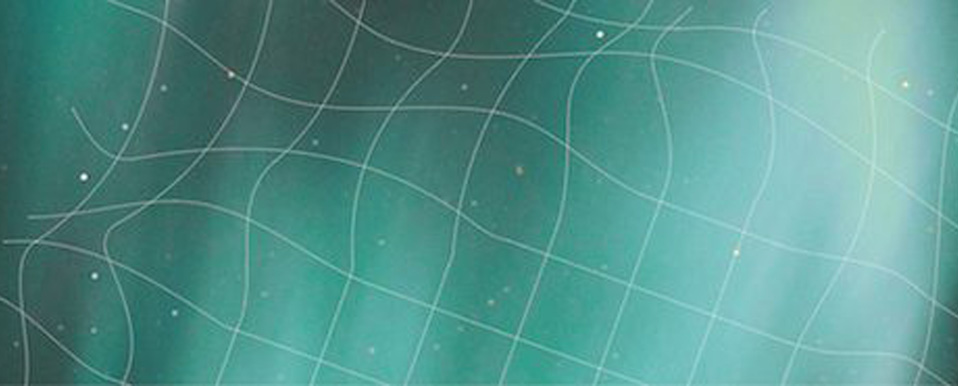
SOUND-MAPPING: A critical history of sonic cartographies
Hillel Schwartz & Xabier Erkizia
19-22 marzo, Santa Maria de Bigorio, Suitza.
Organizan: SUPSI-DFA, FNS, audiolab
www.paesaggisonori.supsi.ch
Before we are born, we map the world almost exclusively by sound. In utero, we arrive at a sense of place more acutely by the presence of sounds close and distant, clear or muffled, rhythmic or sudden, than by touch, vision, and taste, which are as limited in physical range as smell is limited by its diffuse immediacy. While
obstetricians can now pinpoint the position and plot the growth of the fetus using ultrasound, from the sixth month on the fetus itself, its system of hearing well- developed, is sound-mapping its own position vis-à-vis the mother’s body and at the same time learning to recognize tonalities and inflections proper to its native languages. And while newborns and infants may come under sonic surveillance by parents deploying baby monitors, the very young are always monitoring their own situations more thoroughly by sound than by sight or touch, to which so much of the new world is out of range. One could argue, then, that it is “only natural” to sound-map our environs.
As a program of European commerce and high culture, however, cartography has been primarily visual (and occasionally tactile, as with topographic globes). What would happen if we should revert to sound to map our bodies, our neighborhoods, our nations, our continents, our very universe? This is no longer a speculative question. For three quarters of a century, physicians, urban planners, acoustic ecologists, astronomers, naval commanders, and oceanographers have been relying on various “soundings” to make sense of territories biophysical, geological, cultural, social, military, and metropolitical. People now make careers of considering the frequency, range, and familiarity of sounds in the design of sirens, buzzers, horns, and fire alarms; legislators and architects construct and consult noise codes that take into account urban or suburban landscapes and soundscapes; amusement park owners, restauranteurs, and film directors count on a sophisticated use of sound to establish ambience and paths of motion and memory; whalers, fishermen, and submariners track their prey with sonar. If in our daily lives we do not ostensibly organize our travels or tasks according to pathways of sound, we carry such maps with us, subtle or unsystematic as they may
be, and these acoustic-cognitive maps condition what we do or say wherever we are
. . . and, indeed, how we know where we have ended up.
At this historical juncture, then, it would seem at once intellectually rewarding and socioculturally vital to study the means, methods, merit, and resonance of sound- mapping at every turn, from our bodies to our communities, from our provinces to the rivers and mountains that cross national boundaries, from the jet streams and ice flows of global ecosystems to the dark matter and darker energy of the galaxies. As we have not forsaken the act of listening in the process of learning, we may learn even more by laying out what we hear when we listen in each and every direction.